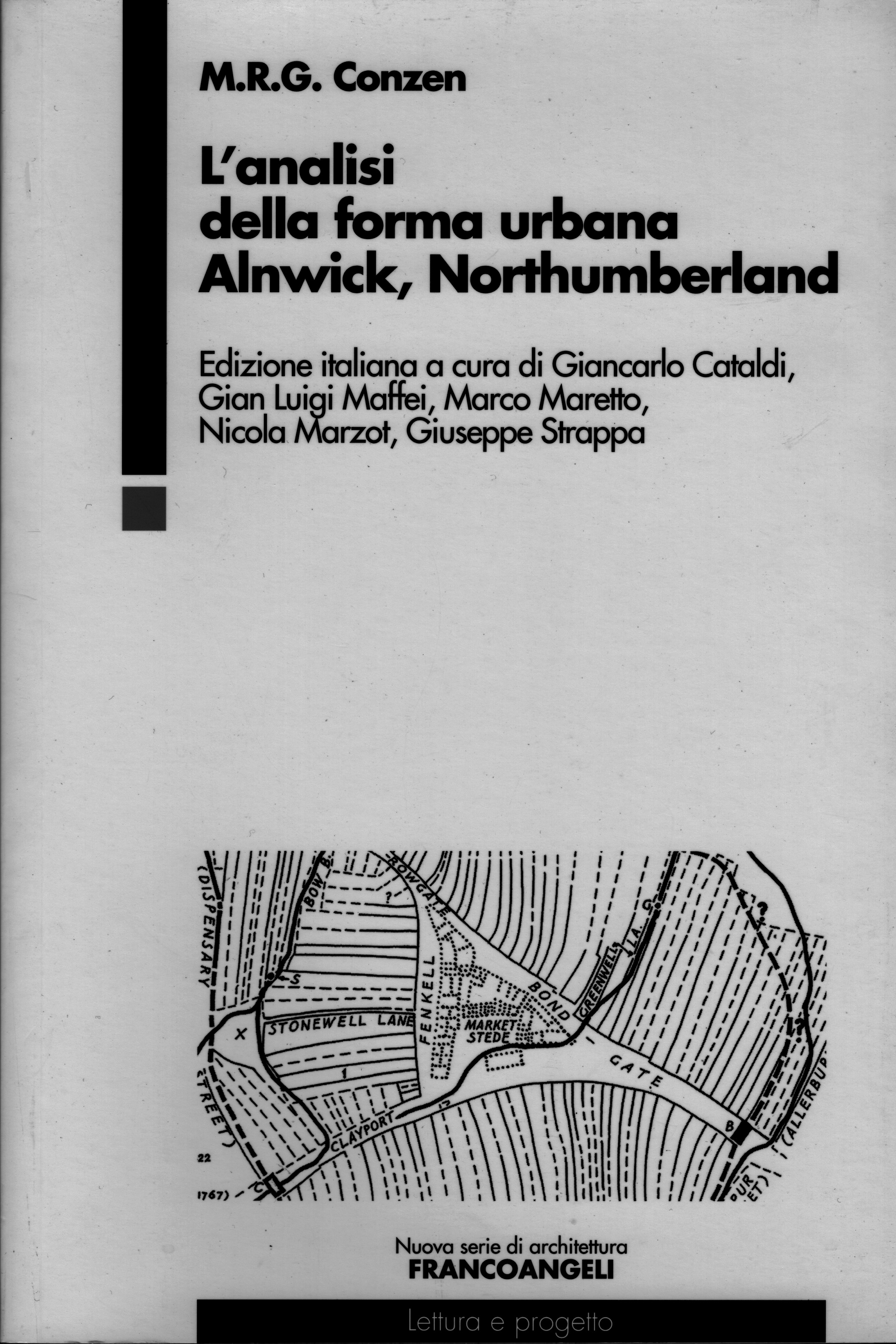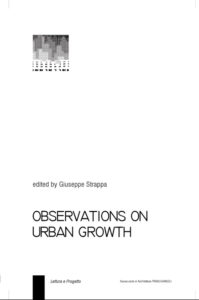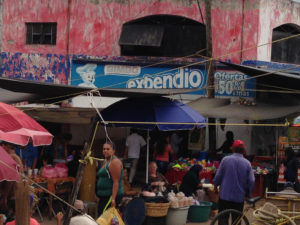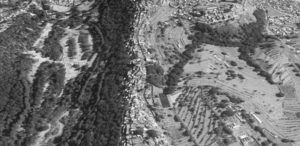Attualita’ della proposta di M.R.G. Conzen
Giancarlo Cataldi, Gian Luigi Maffei, Marco Maretto, Nicola Marzot, Giuseppe Strappa
Presentazione del libro L’analisi della forma urbana (Franco Angeli, Milano, 2012) edizione italiana del libro di M.R.G. Conzen, Alnwick, Nurthumberland. A study in Town Plan Analysis Institute of British Geographers, London 1960
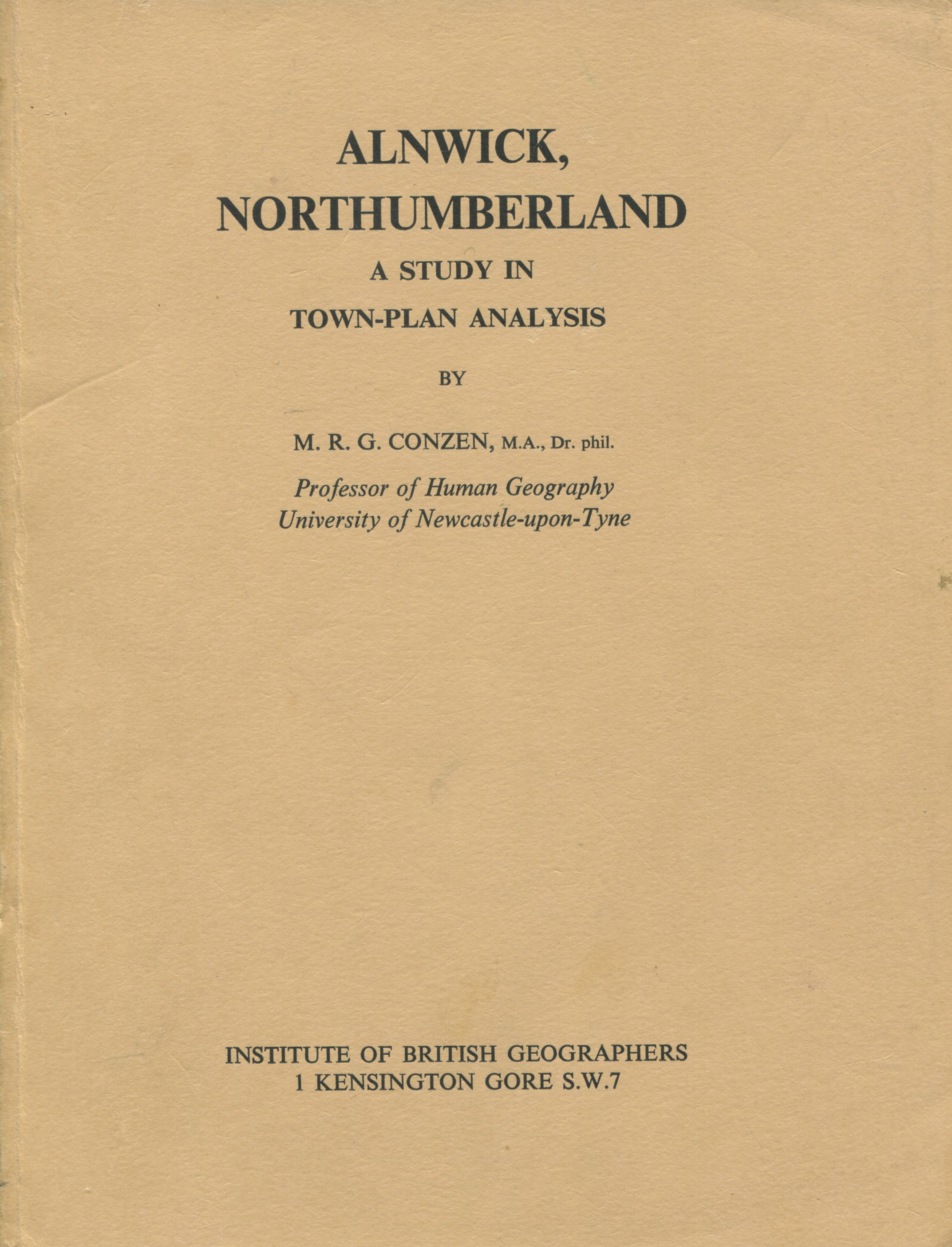
L’edizione italiana dello studio su Alnwyck riveste, a nostro avviso, un significato che va oltre la documentazione dell’analisi esemplare di una piccola città inglese ai confini con la Scozia, per acquistare un senso più generale.
Con la fondazione dell’Isuf (International Seminar on Urban Form), nel 1994, gli studiosi italiani di morfologia urbana hanno scoperto il patrimonio di conoscenze della scuola geografica inglese che fa capo a M.R.G. Conzen, illustre geografo di origine tedesca autore dello studio che qui presentiamo, e dei suoi continuatori, J.W.R.Whitehand, T.R. Slater, P. Larkham, K.Kropf, oltre al figlio Michael Conzen.
Non solo ne veniva riconosciuta l’affinità con molte delle proposte sviluppate dalla scuola italiana, sulla scia dell’insegnamento di Saverio Muratori, ma, soprattutto, se ne costatava la reciproca complementarità ponendo finalmente le basi concrete, dopo tanto parlare di rapporti interdisciplinari, di un lavoro comune attraverso il quale geografi e architetti potessero condividere, all’interno di uno stesso terreno di studi, metodi di ricerca e, ci si consenta il termine, “vocazioni” comuni. Perché, questo è il punto, il lavoro di M.R.G. Conzen dimostra una spiccata propensione a interpretare la città e il territorio come sintesi vitale di un flusso di esperienze storicamente individuate. M.R.G. Conzen ha compreso in modo operante, in altre parole, quello che per noi costituisce la sostanza stessa dell’architettura: che ogni forma (del territorio, della città, degli edifici) è il risultato di un processo, della progressiva associazione organica di parti, e che ha senso scomporla e indagarne le componenti solo se si tiene conto della sua sostanziale unità e indivisibilità. Possedeva, dunque, una nozione di organismo urbano e territoriale che, mai espressa attraverso esplicite definizioni, ha operato come un sostrato profondo nel dare coerenza “architettonica” alla struttura teorica della propria indagine.
Questo dato costituisce uno dei grandi motivi d’interesse dello studio su Alnwick, ma anche, riteniamo, la ragione dell’attualità della proposta di M.R.G. Conzen: lo sforzo di comprendere la forma delle cose non per quello che sono, ma nel loro divenire storico permette, infatti, di leggere anche le condizioni di lacerazione della forma del territorio contemporaneo come stato di transizione, momento provvisorio di una trasformazione continua il cui carattere è, in questo, non troppo diverso da quello città medievale in perenne cambiamento, ed è informe solo per chi non sappia leggerne la latente aspirazione alla composizione e all’unità. E’ proprio questa aspirazione a riunire il molteplice, più che l’unità in se, a dare forma alle cose e senso al progetto.
In questo senso la lettura di Alnwick è l’individuazione di una teoria: la storia perfetta di un piccolo borgo narrata nelle sue fasi formative fino alla condizione contemporanea. Fasi ricondotte a provvisorie unità da un singolare “epos geografico” che individua, rende cioè unici e irripetibili, comportamenti generali che la lettura riconosce come patrimonio comune di molti altri insediamenti e territori dove la forma del suolo e il lavoro dell’uomo stabiliscono una solidarietà riconoscibile come “tipica”.
E’ di natura architettonica, inoltre, una delle principali innovazioni nella lettura del territorio introdotte da M.R.G. Conzen, quella di fringe belt, che ha a che fare direttamente non solo con la documentazione che il cartografo riporta attraverso convenzioni, ma con la lettura critica, che coincide con il progetto delle trasformazioni.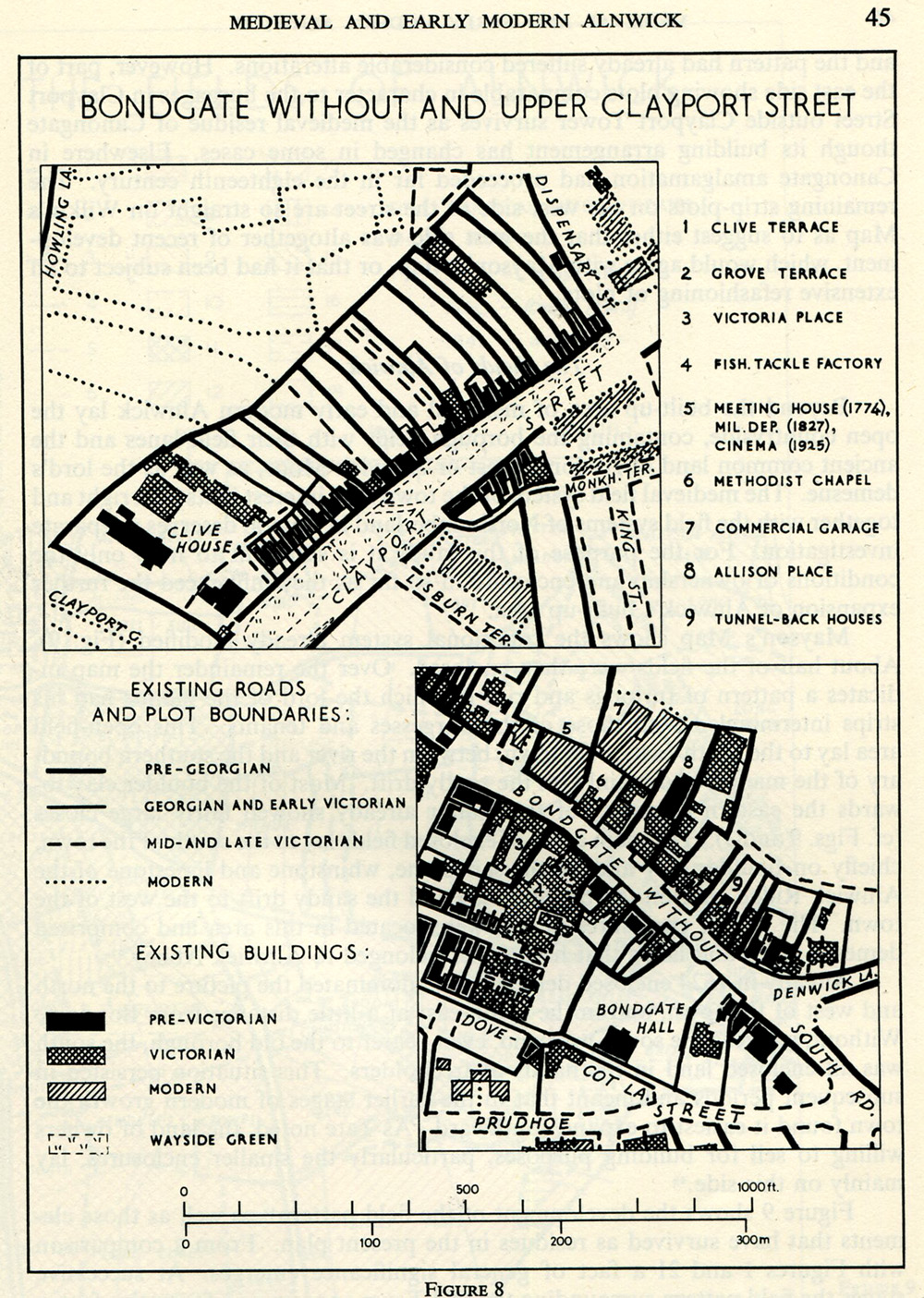
Si tratta di una nozione complessa, cui è impossibile associare un termine italiano, tant’è che nella traduzione abbiamo dovuto impiegare una perifrasi ma capace di fertili traslazioni dall’ambito strettamente geografico a quello progettuale, contribuendo a cogliere, oggi, alcuni caratteri fondanti dell’instabile metropoli contemporanea. In realtà le idee affini di “perimetro” e “confine” sono state da qualche tempo alla base della lettura di qualsiasi forma del costruito, in particolare nel campo degli studi urbani condotti da architetti, mettendo in luce, tra l’altro, la storica contrapposizione tra città e campagna e il suo disgregarsi nel magma dello Spratly urbano. Eppure esse sono capaci di cogliere solo uno degli infiniti stati di transizione, semplificando le letture ma anche riducendone il significato. Propongono, in altre parole, uno sviluppo discreto di un processo in realtà continuo e che procede, nondimeno, per fasi di accelerato sviluppo seguite da altre di rilevante stasi. La nozione di fringe belt coglie invece le trasformazioni intermittenti del perimetro nel loro fluire: non solo come confine, ma come premessa di una nuova struttura dapprima fluttuante e incerta (liquida, si direbbe oggi) che si consolida, viene demarcata e diventa più stabile nel tempo. Compresa a fondo, l’innovazione terminologica e metodologica conzeniana permette di interpretare la frammentazione delle periferie urbane non semplicemente come caotiche, e per questo indecifrabili, lacerazioni, ma nel loro significato autentico di strutture in formazione, delle quali vanno riconosciuti caratteri evidenti e potenziali.
Questa innovazione, rivolta alla realtà dei fenomeni in atto, sembra oggi tanto più attuale, quanto più le analisi urbane si vanno distaccando dallo sviluppo dei fenomeni concreti.
E’ in questo senso che l’edizione italiana dello studio su Alnwick ha il significato, come si diceva, di una proposta alternativa: individua un fronte comune contro la deriva astraente di molte delle riflessioni contemporanee sull’architettura alle diverse scale del territorio, della città, degli edifici. Ci confrontiamo oggi, infatti, con una crisi dai caratteri ignoti nelle grandi fasi di transizione del passato, dove la lettura indiretta e mediatica del mondo costruito va sostituendo la conoscenza diretta della realtà, svincolando la forma progettata dalle relazioni organiche che dovrebbero tenerla unita agli altri aspetti dell’uso del territorio. Smarrendo, in fondo, le basi che permettono di leggerne la reale complessità e di cogliere l’istanza a quel vicendevole rapporto di necessità tra le parti che il grande flusso delle modificazioni del paesaggio costruito, forse più che nel passato, oggi ci pone. Senza la nozione di organismo urbano, senza la forma data da un confine pur mutevole e strutturante, la lettura di una condizione in rapida trasformazione, gli spazi dei margini irrisolti della città contemporanea acquistano il significato, suggestivo quanto inutilizzabile, di grandi schegge in conflitto tra loro. Lo spazio delle nostre periferie finisce così col ricadere nel grande mare del pittoresco metropolitano, dei territori “ibridi e vaghi”: la città reale come combinazione fortuita, uno dei tanti casi del possibile.
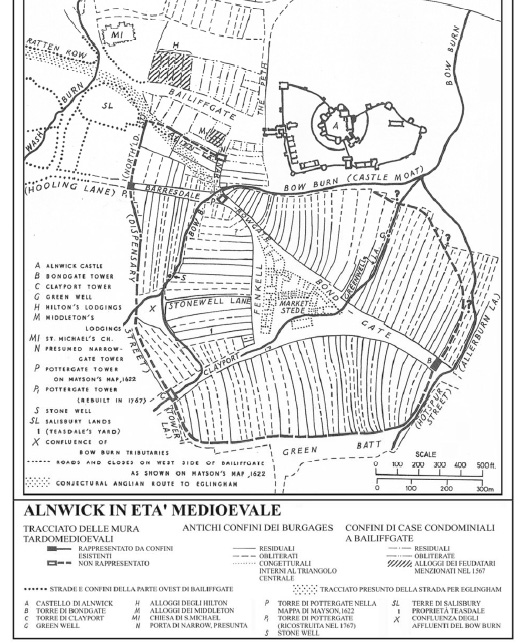
Si vedano, per convincersene, le interpretazioni della città contemporanea (da Virilio a Koolhaas) che hanno conquistato intere generazioni di architetti, dove la metropoli diviene un luogo della mente che racchiude personali rappresentazioni delle trasformazioni in corso, livelli sovrapposti di “architetture eventuali”, layers di realtà possibili e discontinue, secondo una cultura disciplinare che organizza, di fatto, il consenso alla crescita della metropoli contemporanea per addizioni ininterrotte e seriali. E’ evidente, se solo si alza lo sguardo al di sopra delle contingenze, come la funzione dell’architettura sia ancora quella dell’arte borghese, ancora quella tafuriana di “allontanare l’angoscia introiettandone le cause” che racchiude, anche, l’ambizione di progettare la casualità del molteplice letto nei suoi frammenti separati: l’evocazione della complessità contro la sua soluzione. Scomparsa la pertinenza con la propria fase storica e con la propria area culturale (tolte dal loro tumultuoso contesto economico e antropico) le forme si trasformano in oggetti di evocazione. Una tecnica di seduzione, dove le contraddizioni sembrano di volta in volta, illusoriamente e paradossalmente, sciogliersi nell’eccesso dello spettacolo.
Non è, dunque, un caso che lo studio su Alnwick, e la proposta di metodo che contiene, siano proposti al lettore italiano proprio oggi, quando la produzione neoromantica dello star system internazionale pone quesiti sul ruolo stesso dell’architetto, sulla sua funzione anestetizzante di mediazione culturale e politica.
Comprendere il testo di M.R.G. Conzen significa scoprire (o confermare) una via d’uscita: leggere il territorio e la città contemporanei non come semplice, apparentemente neutrale constatazione di come essi ci appaiono, ma come processo operante e conflittuale, che permette di interpretare, scegliere, disegnare in continuità col grande flusso di trasformazione del costruito e della sua storia.
